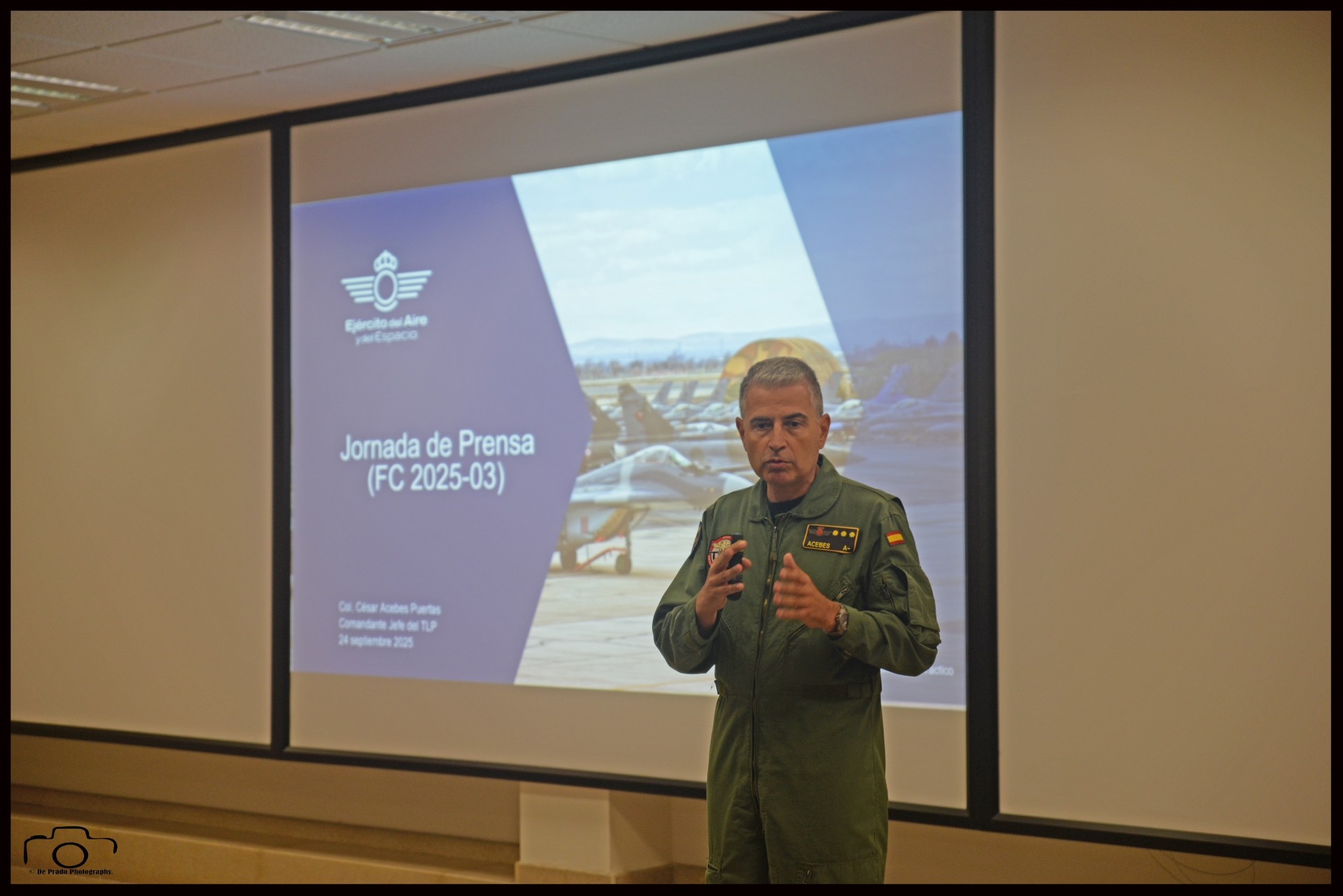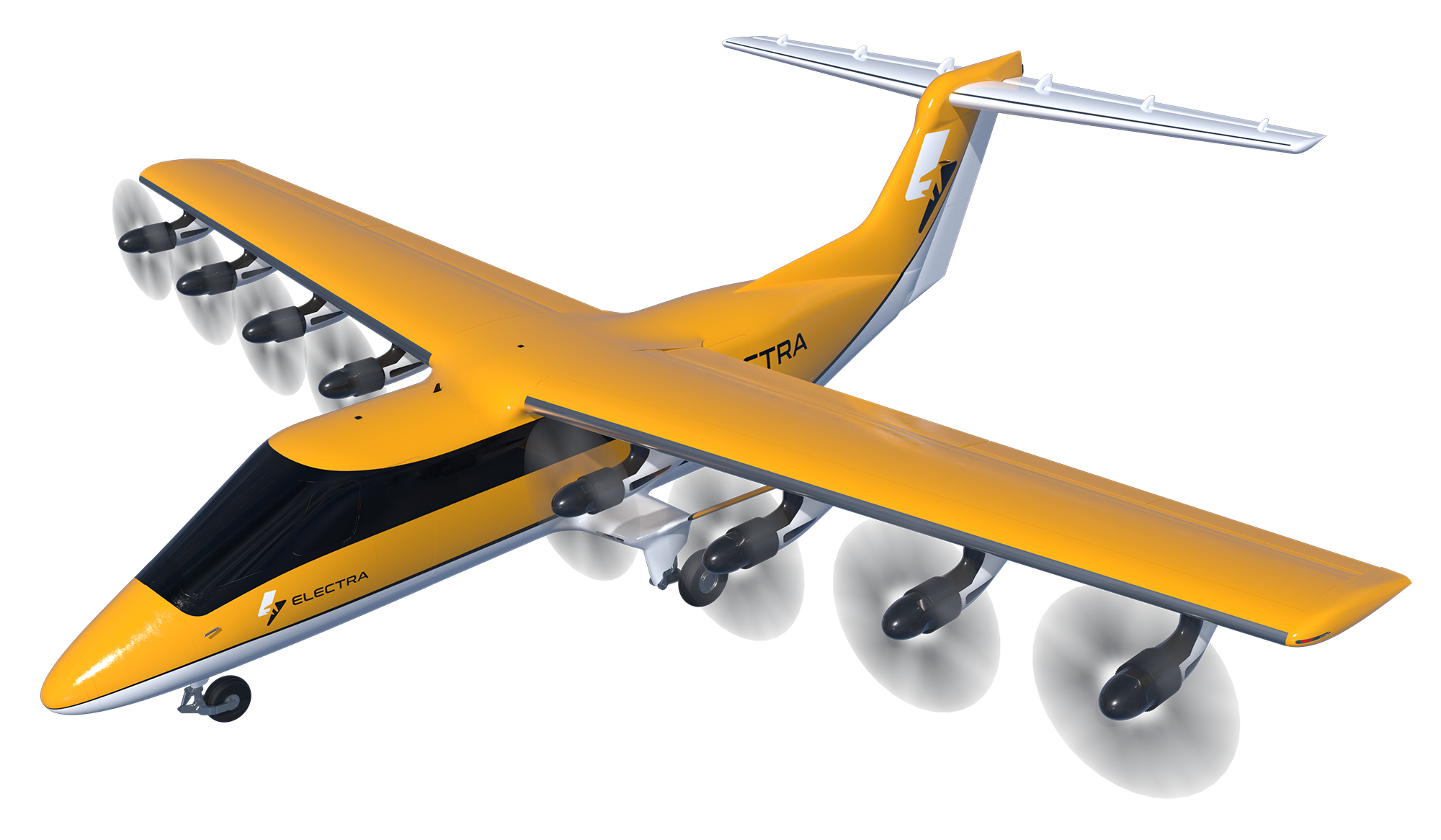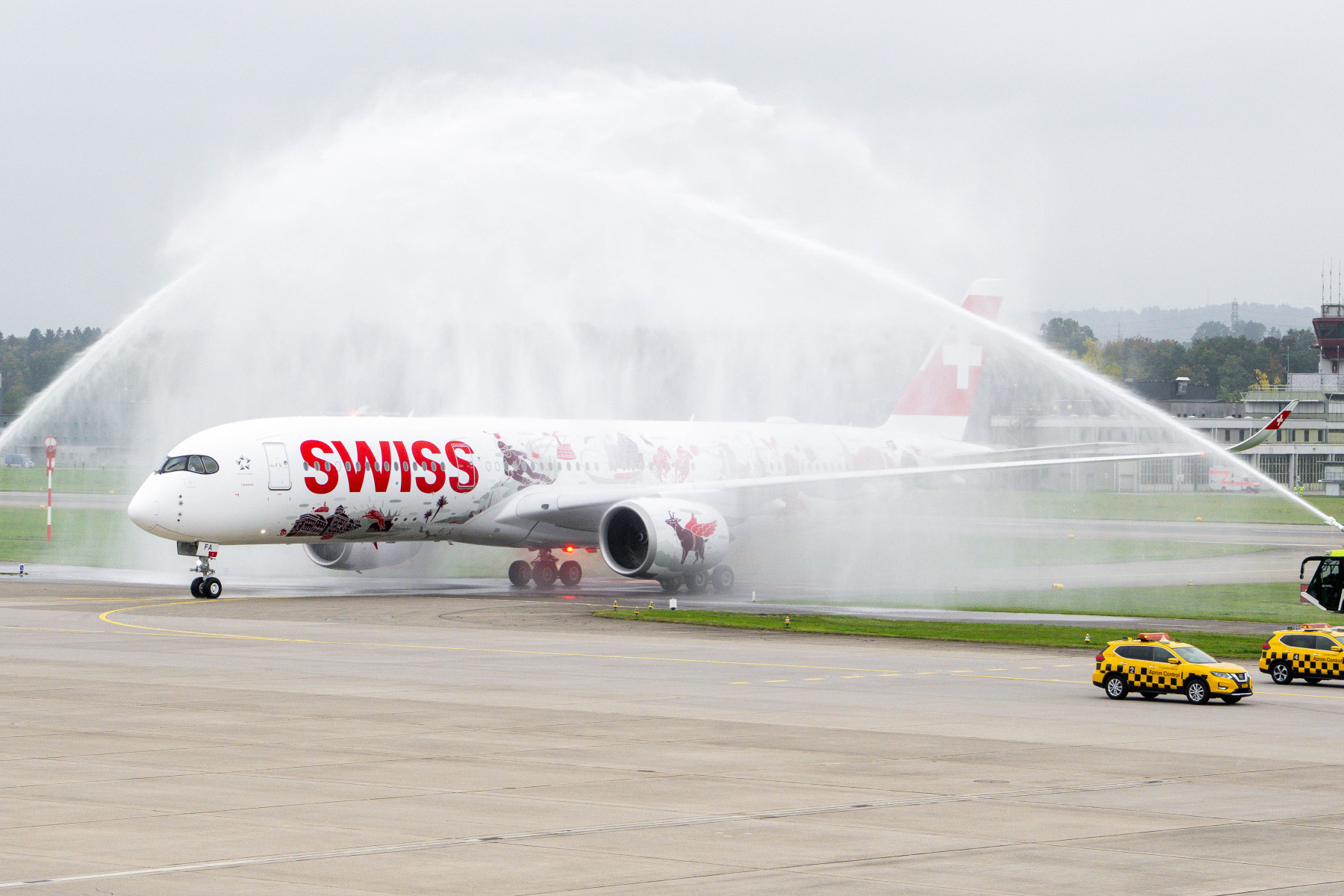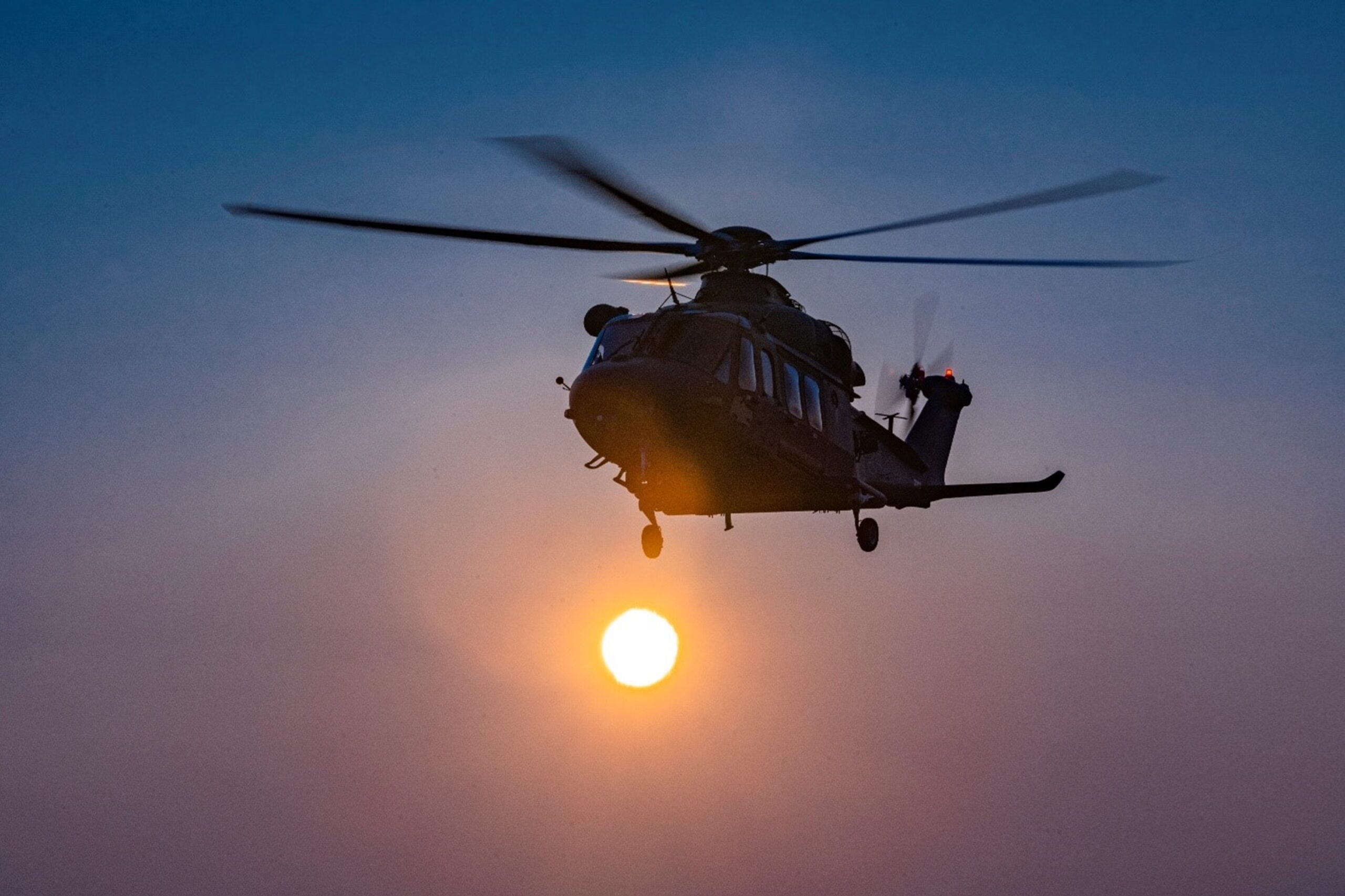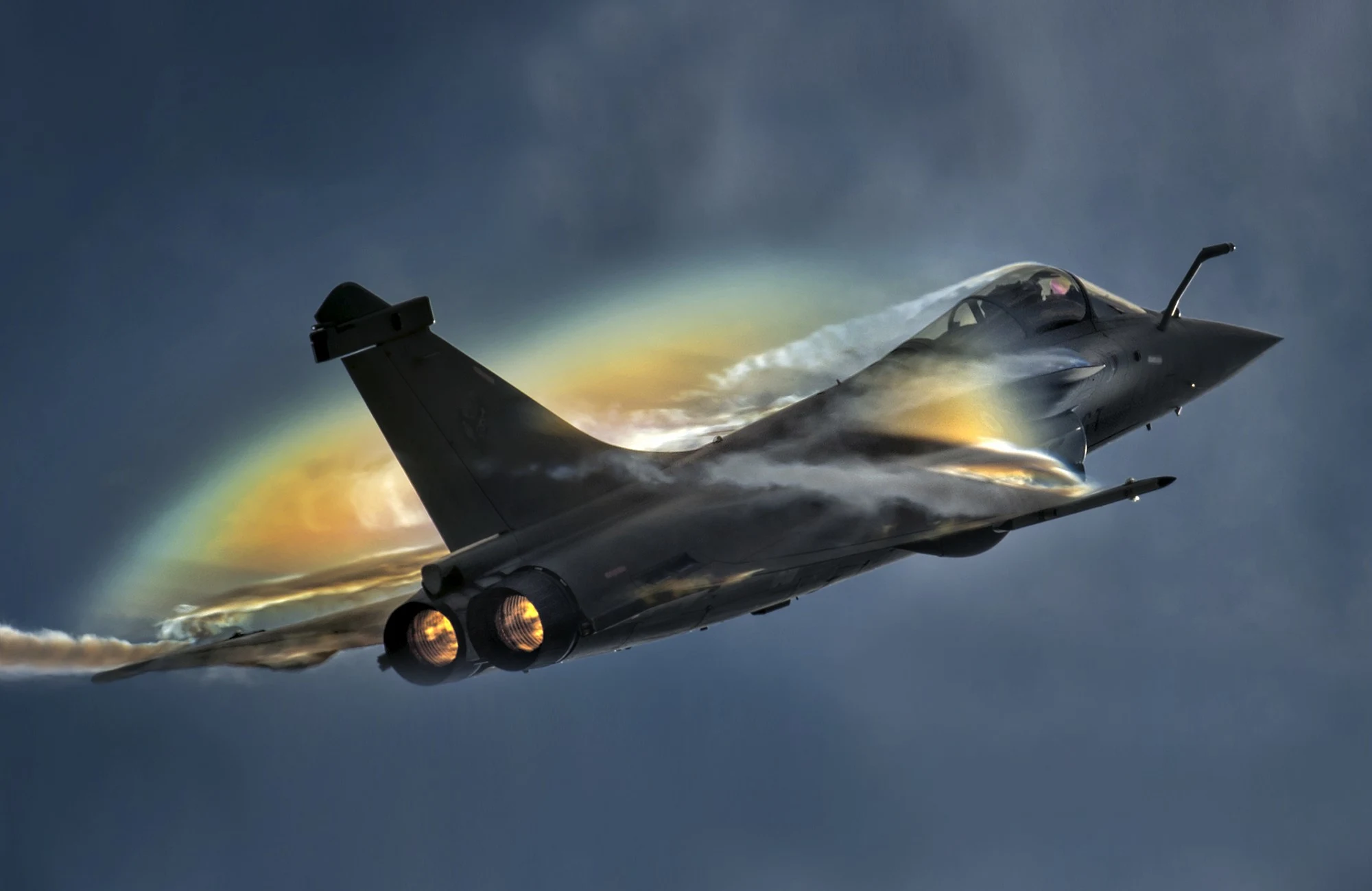On June 1st, we were able to attend the centennial of the French Navy’s naval aviation base in Hyères, near Toulon, the main naval base of the Marine Nationale in the South of France.
The Hyères Naval Air Base (BAN Hyères) is located in the Var department, part of the Provence-Alpes-Côte d’Azur region, approximately 20 km from the Toulon Naval Base. The Hyères Naval Air Base was established in 1925, exactly one hundred years ago this year, 2025.
On October 20, 1920, a Hanriot HD.2 took off from Palyvestre, in southeastern France. At the controls, Lieutenant Paul Teste was preparing for an unprecedented challenge: landing an aircraft on a ship in the middle of the sea. Adjusting his trajectory, he spotted the enormous silhouette of the aircraft carrier Béarn, reduced speed, and began his descent. A few seconds later, his wheels touched the ship in a perfect landing. The French air force and what would later become carrier-based naval aviation were born.
Five years later, the former marshy plain from which Paul Teste had taken off became the Hyères Naval Air Base. Seaplanes, carrier-based fighters, helicopters: the history of BAN Hyères is one of constant adaptation, serving the French Navy and Mediterranean defense issues, providing coverage and security to the entire French Mediterranean coast.
Created in 1925, the Hyères Airfield quickly established itself as a bastion of carrier-based aviation, its runways being used by seaplanes and later by fighters assigned to the French Navy’s aircraft carriers. During World War II, it was occupied and closed in 1942 by the Nazis, who took it into custody, before being recaptured by the Navy in 1944 with the liberation of Provence, a year before the end of World War II.
In the following decades, the base became a major center for carrier-based fighter aircraft. Corsairs, Avengers, and Étendard IVs were all based in Hyères, where their pilots were trained for interception and naval attack missions. Hyères is also home to Escadrille 59S, where future fighter pilots learned to fly the Fouga Zephyr before joining operational fleets as the first fighter school back in 1948. Escadrille 54S was disbanded on May 1, 1958.
Captain Manuel Joris has been to the base three times: in 1980, in the 2000s, and from 2018 to 2023, when he completed his training. He recalls the time when the base was still dedicated to carrier-based combat aircraft: ” In the 1980s, there was the 3S Escardille, with the Aérospatiale Nord 262, but also the 59S and the 17F flotilla. I went down with the 12F Crusader squadron to carry out joint exercises with the Americans and their F-14 Tomcats. “.
It also recalls the transition that took place in the 2000s, when Hyères specialized in helicopters, moving all its carrier-based fighter aircraft to Landivisau. With the closure of the BAN Saint-Mandrier in 2004, it became the heart of the Navy’s carrier-based helicopter fleet for the Mediterranean coast.
Three flotillas currently provide the BAN’s air-naval power. The 31st Flotille, equipped with state-of-the-art NH 90 Caïman Marine helicopters, specializes in anti-submarine warfare. Its underwater sonar enables it to track threats beneath the surface. The 35th Flotille deploys Dauphins, which perform rescue missions at sea and protect the aircraft carrier Charles de Gaulle. Finally, the 36th Flotille, armed with Panthers, specializes in anti-ship warfare, maritime surveillance, and the protection of Navy units.
These units are supported by several expertise centers, such as the Helicopter Expertise Center, the Flight Deck Personnel School (EPPE), and the Naval Aviation Reception and Practical Experimentation Center (CEPA/10S). The latter plays a key role in the development of tomorrow’s equipment, testing, validating, and certifying new equipment that is and will be used by naval aviation.
BAN Hyères operates 24 hours a day, 365 days a year, with a staff of more than 1,600 people, including 300 civilians. It also hosts aircraft from allied and other armed forces: maritime patrol aircraft, fighters from the French Air Force and the French Space Agency, and aircraft participating in international exercises in the Mediterranean. In addition to helicopter maintenance, BAN Hyères is an essential training and operational readiness center for naval aviation units.
At the same time, it also plays a key role in government action at sea, supporting maritime surveillance forces, customs, and the gendarmerie.
Rara avis in France, currently the Hyères Naval Air Base is a mixed airport, where military and commercial traffic coexist. With 350,000 passengers and 24,000 flight movements per year, it is a major economic player in the region, while ensuring the priority of its military missions.
Far from being isolated, the BAN maintains close ties with the local community. It regularly opens its doors to elected officials, associations, and young people during the Defense and Citizenship Days, welcoming nearly 5,000 visitors each year.
In addition to its military role, the Hyères Air Force Base also plays an environmental role, surrounded by natural salt marshes. Its naval air base is located in a protected natural area home to 204 bird species and 17 mammal species. Its wildlife risk prevention department, in collaboration with the Bird Protection League (PACA), works to reconcile air operations with biodiversity preservation.
A century after its creation, the BAN continues to evolve, between tradition and modernity. The centennial marks a milestone, but also an opportunity to look to the future, where innovation and new technologies will redefine the missions of naval aviation.
• BAN HYERES TODAY AND THE CENTENARY OF ITS CREATION.
Currently, BAN Hyères hosts three embarked helicopter fleets: the 31st Flotilla, with naval NH90s, the 35th Flotilla, with Dauphins, and the 36th Flotilla, with AS565 Panthers. It is also home to the 32nd Flotilla, with its recently delivered Airbus H160s for maritime rescue and salvage. These helicopters belong to a consortium of Airbus Helicopters, Babcock, and Safran, with a 10-year contract.
We were summoned to the press at 8:30 a.m. for accreditation and then taken inside the base, where we were given a briefing. The event was organized with extraordinary ease, with a WhatsApp channel being set up to inform the press about the various activities planned and the various interview opportunities offered to different pilots.
At around 9:30 a.m., an interview took place with the Commander of the Hyères Naval Air Base, Captain Paul Zanassi, and the Head of the Flight Deck Personnel School (EPPE), Commander Cyril Chabrier, where they answered various questions from the accredited media. One of the main topics discussed, in addition to explaining the base’s various operational unit resources, was the importance of event safety, both for the pilots themselves and for the public who came to enjoy the day. It was important to provide a team overview, emphasizing that for an event like the one being organized to function properly, it depends not only on the pilot but also on the entire team surrounding the aircraft and the base. The Base Commander, Paul Zanassi, gave us a brief overview of what would be seen at the open day. Reference was also made to the importance of the Base and its coexistence with the commercial aviation sector, sharing services and synergies, thus reducing costs, as previously explained.
Speaking about the near future of Hyères Naval Base, the recent arrival of the H160M Guépards is key, which will begin replacing some of the older helicopters in the various squadrons. A total of 49 H160Ms are expected for the Marine Nationale, out of the 169 units ordered by France. They will be used primarily for SAR missions. The Commander of Hyères Naval Base also considered himself a fervent environmentalist and spoke about the electrification of the base itself, alluding to compliance with the latest environmental regulations.
Another important aspect is the standardization of the various resources that bring together the various NATO member countries. Protocols must be standardized, since different platforms are used in exercises, and these must be able to be used together and interoperate with each other, regardless of the country that incorporates them. Even within the same country, and with different weapons carrying out an exercise, ensuring the effectiveness and efficiency of the missions to be carried out.
Once the interview with the Base authorities was over, we moved on to the static area of the exhibition, where we were able to interview various pilots from the 31st Flotille Squadron with the NH90 Caiman and the 36th Flotille Squadron with the Panther. They discussed how they operate on Horizon, La Fayette, and Floreal frigates. Finally, we spoke with a pilot from the 32nd Flotille SAR with the H160M, and the paratroopers who were about to jump from a Noratlas.
The pilots explained the unique qualities of each helicopter and various anecdotes they’ve had flying and docking on ships. They also explained the various missions they perform on a daily basis and how these weapons systems perform on these missions.
After having some time to photograph the static display, the air show of the various aircraft that were to perform the various scheduled shows began at around 1:15 p.m.
At the end of the exhibition, a bus service took passengers to the various parking lots set up so the public could park and try to minimize traffic jams. More than 30,000 tickets were sold, plus 30,000 guests were able to enjoy this magnificent aeronautical event, which closed the centenary events of the BAN Hyères and will go down in the history of French naval aeronautics.
Finally, we would like to thank all the French naval authorities who allowed the Time4Avia editorial team to produce this article, giving us every opportunity and making themselves available to us.


